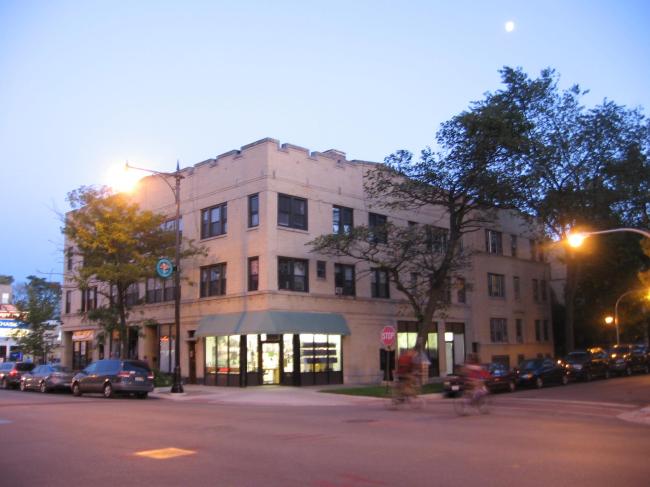
Several Loyola public historians will shake off the Chicago frost this week and head for the 2014 National Council on Public History Conference in Monterey, California. From March 19 through March 22, The Lakefront Historian will present a series of blog posts from conference goers. Bloggers will include:
- Kim Connelly Hicks, who is participating in the round table, “Sustaining Public History through Community Engagement,” (moderated by Dr. Theodore Karamanski, director of the Loyola Public History program, and co-presenting a poster, “Addressing Absences: Exhibiting African American Suffragists.”
- Rachel Boyle, joining Dr. Karamanski and Kim in the “Sustaining Public History” round table
- Laura Pearce, recipient of one of only five graduate student travel awards from the NCPH, accompanies Kim presenting in the poster session
- William Ippen co-facilitates the working group “Innovative Reuse in the Post-Industrial City,” and with the NCPH Task Force on Public History and Environmental Sustainability will discuss the group’s white paper.
- Devin Hunter is the co-facilitator of the “Innovative Reuse” working group, and serves as “Digital Drop-In” consultant for GIS and the use of historical Census data
Stay tuned to The Lakefront Historian for frequent blog posts from these–and maybe more–historians, about their Monterey experiences.





